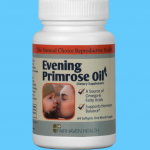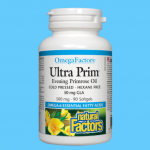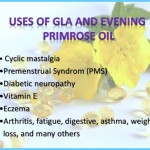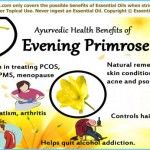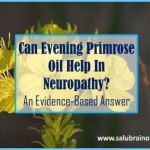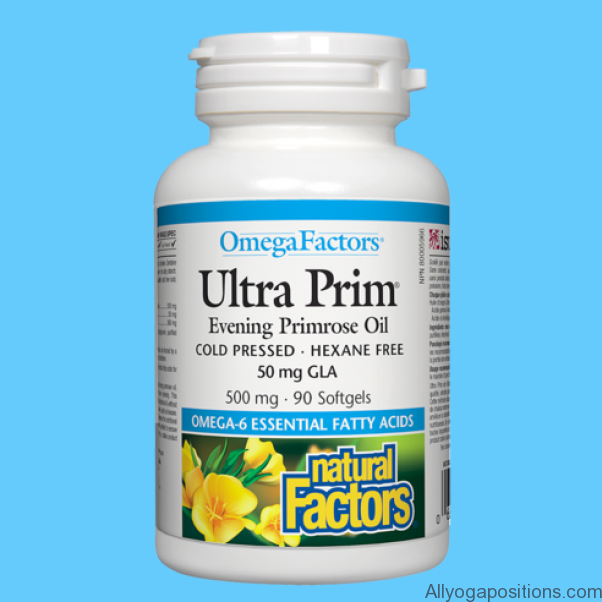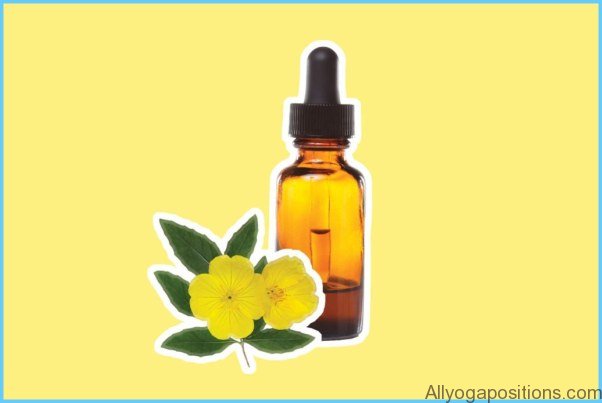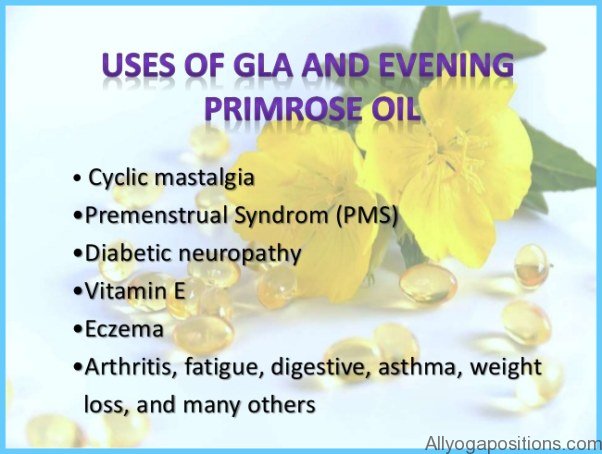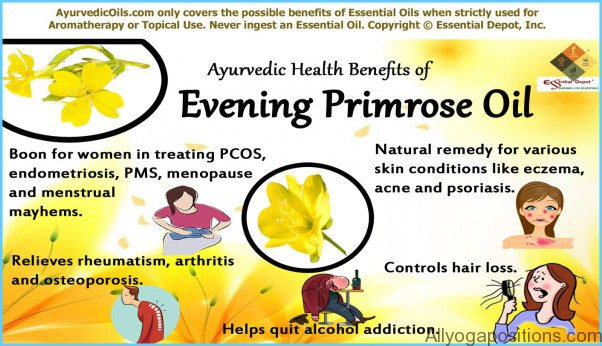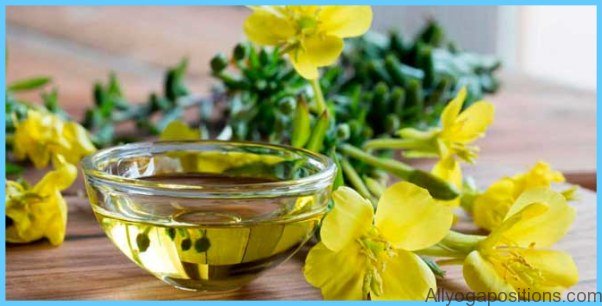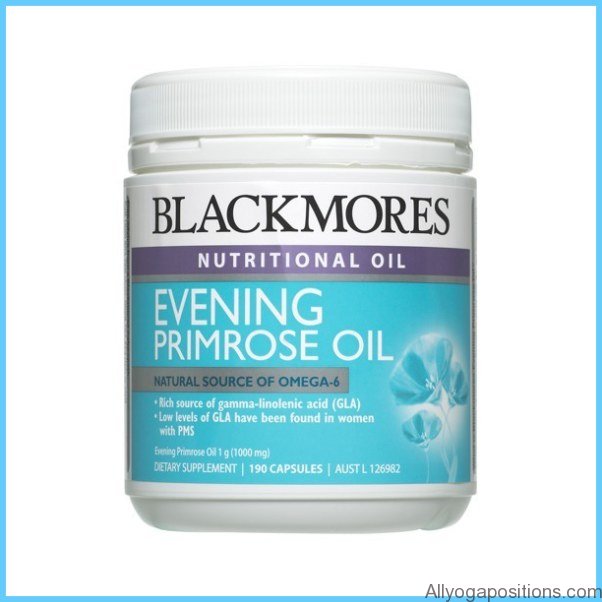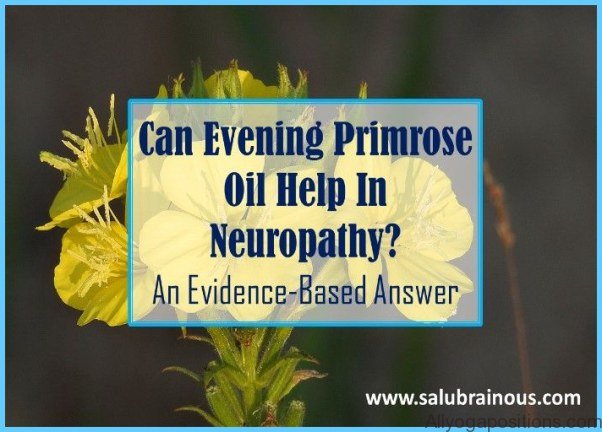Before you cut out too much fat, keep in mind that not all fats are bad for your health. In fact, some types of fat are needed to help you stay healthy. These essential fatty acids (EFAs) cannot be manufactured by the body and must be consumed from food or supplements each day. EFAs perform many functions in the body but, when it comes to PMS, they may play an important role in reducing pain and inflammation.
There are two EFAs found in foods: linoleic acid (found in corn, sunflower and safflower oils) and alpha-linolenic acid (plentiful in flaxseed, canola and walnut oils). Once consumed, these EFAs are transformed into prostaglandins, powerful hormonelike compounds that regulate our blood, immune system and hormones. Prostaglandins can either increase inflammation or decrease it. Manipulating the type of fat you eat can alter levels of prostaglandins in the body: diets that emphasize animal fats favor the production of inflammatory prostaglandins, whereas diets rich in fish, grains and vegetable oils favor the formation of less inflammatory prostaglandins.
Researchers studying women with PMS have focused on a beneficial, less inflammatory prostaglandin called PGEr It’s been theorized that in PMS there is a reduced ability to make PGE1 from essential fats in the diet, and this can cause symptoms such as breast pain and tenderness, irritability, depression and headache.
The essential fatty acid linoleic acid gives rise to PGEX in the body. With the help of an enzyme, linoleic acid is converted to gamma-linoleic acid (GLA), which is then transformed into PGEX and other friendly prostaglandins. Now you can see that it is actually GLA that’s needed to produce the beneficial prostaglandins.
There is very little GLA in food and therefore any GLA must be made from linoleic acid in the diet. Some researchers feel that women with PMS may have difficulty carrying out this conversion. What’s more, many dietary factors—such as animal fat, alcohol and hydrogenated vegetable oils—can interfere with the conversion of linoleic acid to GLA. The enzyme responsible for this conversion requires zinc, magnesium and vitamins B6 and C to function properly. So a high-fat diet that’s missing important vitamins and minerals can hamper GLA production and contribute to low levels of PGE1. But even if your body has no problem turning linoleic acid from food into GLA, it’s thought that the amount of GLA actually made may not be enough to cope with the requirement for prostaglandin formation.
This is where GLA supplements enter the story. You may have heard of evening primrose oil (EPO). Well, evening primrose oil is an excellent source of GLA. Evening primrose is a bright yellow wildflower that’s native to North America. The seeds of the plant contain oil that is rich in GLA. Other sources of GLA are borage oil and black currant oil.
A number of studies have investigated the effectiveness of EPO in alleviating PMS symptoms. The results are mixed; unfortunately, I cannot tell you with conviction that EPO will ease your symptoms. A handful of studies in the 1980s did show that daily supplements of evening primrose oil outperformed the placebo pill with respect to improving PMS symptoms of breast tenderness, irritability and depression. In a few studies the difference between EPO and placebos was statistically significant.
But studies performed in the past ten years have not found any beneficial effects of EPO in treating PMS as a whole. Where EPO appears to offer most promise is in treating breast pain and tenderness. Some studies have found the supplement to be as effective as certain drugs used to treat cyclic breast pain. In fact, researchers from the University of Wales in Great Britain concluded that EPO was the best first-line therapy for cyclic breast pain.6 And when it comes to side effects, EPO was superior to prescription drugs—less than 2 percent of women who took the supplement complained of headache and/or mild stomach upset.
What’s my bottom line on EPO? It may not help balance your mood, but it does appear to be effective at relieving the breast tenderness and breast pain associated with PMS. And EPO is very safe. Based on the research, the effective dose is 3 to 4 grams per day, split into two doses. Buy a supplement that is standardized to contain
9 percent GLA; start by taking three 500-milligram pills at breakfast and repeat at dinner. Keep in mind that it may take three menstrual cycles before you feel the effects of EPO, so don’t give up. And it can take up to eight months for EPO to reach its full effect.


